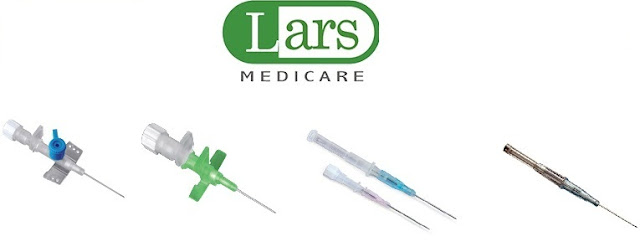Intravenous I.V Cannula Access Tips For all The Medical Students and Nurses
Generally
it's is the paramedics who decide what kind of medication should be given, how
much dosage and the best route oral, intranasal, inhalation, sublingual,
transdermal and injection of administration. Though all these routes have their
own place, the intravenous therapy is generally considered to be very fast,
having 100 percent bioavailability in short the drug is unchanged with the help
of absorption or metabolism when it reaches systematic circulation.
So In case
you face any sort of a difficultly then forget the tactic of Hail Mary that
said Poke and Pray, and try using one of the below techniques ensuring that you
get the right line each and every time.
Challenging yourself when you have just begun: Whenever
you do your clinical rotations and begin practicing, it leads you to a benefit
that you are learning in a controlled environment with a good support team of
doctors and experienced nurses. And since you have just started to learn it is
always good when you go for the easiest veins that is often found in
antecubital fossa which is a pit area below the elbow. So instead have your self-challenged
by starting an I.V
Cannula on the patients hand along with forearm. And when you are in the
field of treating a critical patient who represents you with limited options then
you are an expert at hitting different locations.
Your patients
are the best resource: Each and every one have had their blood drawn, or have had iv had some
point of time and no one will know their body better other than the patients.
So before you begin doing something like that you will first have to check
which vein is better for you, and through this you will be surprised by what
ever information you receive. The patient will then steer you with the best
vein, warn you if they are a hard stick, add up information related to their
medical history and more.
Preparing your patients: In order to reduce the anxiety level
in your patients, do let them know what they are doing and why they are doing.
Once you tie the tourniquet then have the patient arm hanged as low as
possible, allowing your veins to fill the fill the blood. They lay all the
patients flat who are exhibiting the signs of shock.
Choosing the right vein: Feel for the best vein rather than
looking for it. The veins that your eyes generally fix upon are superficial,
thun and too fragile for an IV Cannula. So instead try and finding the deeper
veins of your patients, palpating with your fore fingers and looking for
fingers that are engorged with blood and having a bounce.
Enjoying the challenge: Ems is generally considered to be a
most difficult challenge in the health care industry. You can have it compared
with the bumpy roads and round corners with a really small staff.
To conclude above all do have faith
in your abilities and confidence in yourself. Few people can really do a better
job than what job you do. Remember confidence breeds the I.V
Cannula Manufacturer competence. Have your success stories being shared in
the comments box below.




Comments
Post a Comment